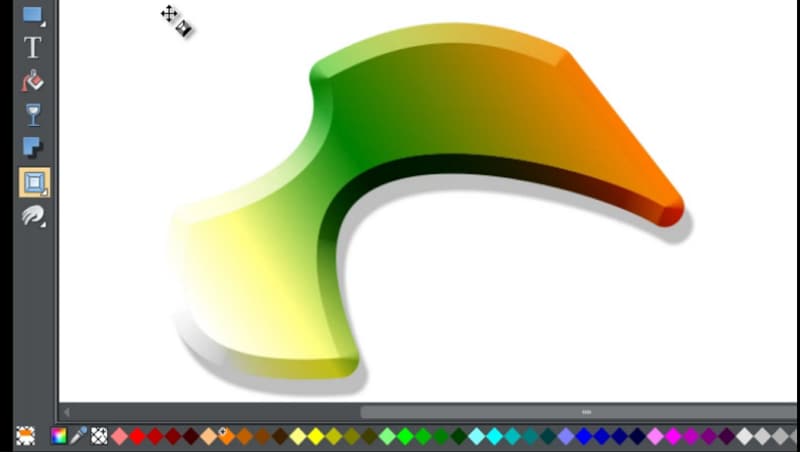


Similarly, you can apply layer masks, which you can fine-tune or remove later. Applying an effect to a separate layer can reverse the change at any time. When you apply an effect to an image, you can do so directly or with a separate layer. With layers, you can hide foreground layers and work on background objects without dragging them to the top of your image. When working on a complex vector design made of many different vector objects, it's hard to work on the background objects if they're buried under other elements. When you have different groups of elements on separate layers, it's easy to lock or hide layers to isolate certain aspects of your image. While this is an inherent benefit of object-based vector image formats, using layers provides an additional level of organization and control. With layers, you can modify image elements separately. Take it a step further, and add effects like drop shadows to give your image more contrast and depth. When you separate elements into different layers, you can easily rearrange those layers to change which elements appear in your image's foreground and which become part of the background. You can more easily create depth and a visual hierarchy within your designs with layers. Without the use of layers, creating depth and keeping track of all the levels of elements in your design can be challenging. You can apply filters and effects-such as drop shadows or warp effects-to one or more layers, adding even more texture and interest. Layers allow you to combine multiple elements from different source images, adding visual complexity to your art.

There are many reasons you might want to use layers in your design projects, including: Adding visual complexity to an image They're also ideal for removing or concealing objects and focusing your edits on only certain areas rather than the entire layer. Layer masks are great when you're creating composite images and collages. This is an easy, non-destructive way to hide part of an image without permanently removing it. Layer masking will enable you to block specific parts of your image without erasing or deleting them. Layers allow you to keep individual elements somewhat separate within a particular image file. For example, in an SVG, layers are called "groups." You may also see layers referred to as shape layers. In some formats, layers are referred to by other names. Layers can be stacked, merged, hidden, locked, masked, and rearranged. However, a few key benefits and features of layers make them worth using in your vector design process. Because vector designs are object-based-each line, shape, or other elements in a vector image is its own separate element-you don't necessarily need to use layers to separate or combine elements. Layers can also help combine two or more images while keeping the actual components and elements of those images separate. They are used to separate parts of an image or drawing, allowing you to edit and manipulate individual elements of your artwork separately. In graphic design software, layers are different levels on which you can place objects like vector lines, shapes, and other elements. Most major vector design programs have some sort of layer feature or option. Layers allow you to modify individual elements within your image without changing the other elements or objects. When you're working on more intricate, detailed pieces, layers are a great graphic design tool to help with organization, grouping, and applying edits and effects. Vector design is ideal for all types of digital art, from simple, abstract work to complex vector drawings and paintings.


 0 kommentar(er)
0 kommentar(er)
